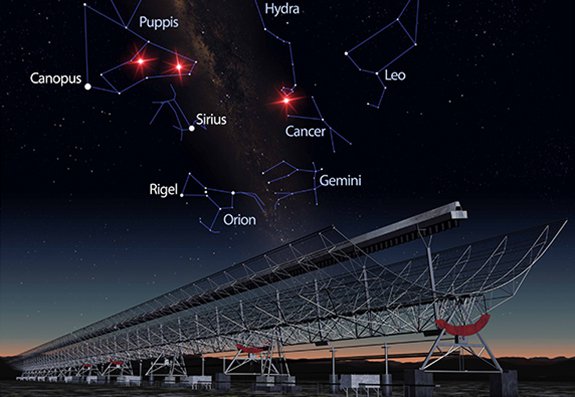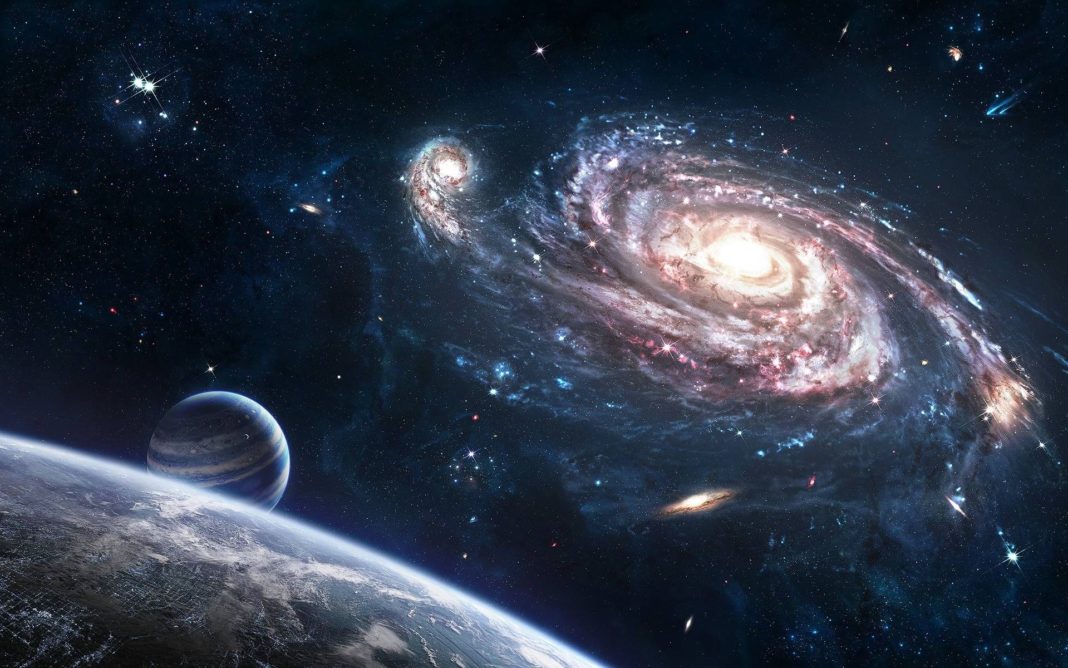Fast radio bursts (FRB’s) are one of the mysteries in the world that scientists have been trying to uncover for nearly a decade now. These bursts of energy only last milliseconds, but are around a billion times more luminous than anything else we know of in the galaxy. However, just because we’ve detected them doesn’t mean we know any more about them. Scientists are still trying to work out what causes them and where they’re actually coming from. One thing they do know is that these radio bursts are definitely coming from outer space and not down here on Earth.
There are lots of hypotheses circulating as to where the mysterious bursts originated from, with some being a little more far-fetched than others. Maybe the craziest one so far is one that was put forward by a Harvard scientist and is that the FRB’s are perhaps alien signals. But at least now, with thanks to the Molonglo telescope in the Australian Capital Territory (ACT) scientists know the answer lies up in space somewhere.

The Molonglo telescope has a collecting area of around 18,000 square meters (194,000 square feet) which makes it perfect for detecting FRB’s, but because of the way it’s built it can’t detect any signals coming from within our own atmosphere. So, the team spent hours trawling through the telescope’s data to see what could be uncovered about the FRB’s, and finally, they discovered three new signals. These FRB signals matched perfectly with signals picked up previously so we know they couldn’t have possibly come from Earth.
Earlier this year researchers pinpointed he source of an FRB to a dwarf galaxy located over 3 billion light years away. But scientists don’t yet know the origin of these new signal – only that data suggests they’re coming from the same direction as the Puppis and Hydra constellations. To help even more in detecting the origin or the signals, the Molonglo telescope is in the process of being updated. Lead researcher, Manisha Caleb, commented, “Figuring out where the bursts come from is the key to understanding what makes them. Only one burst has been linked to a specific galaxy.” We expect Molonglo will do this for many more bursts.
Related Links;
- Mysterious bursts of energy do come from outer space / SwinBurne
- The first interferometric detections of Fast Radio Bursts / Cornell University Library
More News to Read











